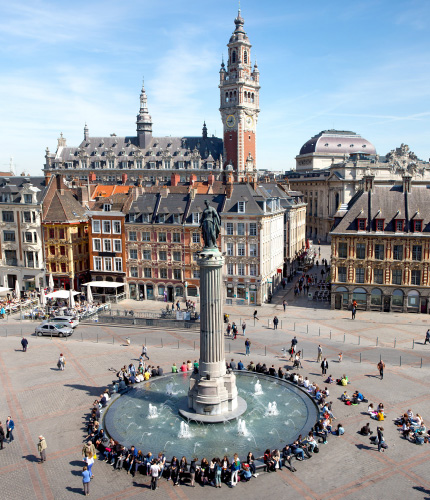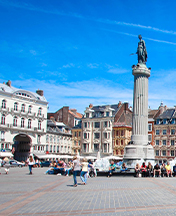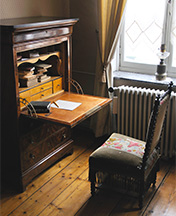Let us begin from the fact that despite being founded in 1030, Lille has so far experienced a very tumultuous history. This is indeed confirmed by the 11 separate cases in which the city was laid under siege. Known as "L'isle" - "the island" - in its early years, Lille's strategic location was the reason behind its ideal defensive location, a quality that did not go unnoticed by the counts of Flanders, who made Lille the capital city of the entire region. After a time, Lille fell to the Dukes of Burgundy, and following the demise of the last Duke in 1477, it was first annexed to the Holy Roman Empire, and afterwards to Spain. In 1667, it was ceded to France and became the favorite city of Louis XIV, its conqueror. Following the German invasion during the First World War, Lille was left bombed and burned to the ground. 20 years later, it was besieged by Hitler's army, and during the Second World War, it was ruled by the Nazi regime as part of Belgium. As is the case with the majority of European cities, it fell to decline during the war, yet managed to recover and turn itself into a nexus of industry and tourism in France.













